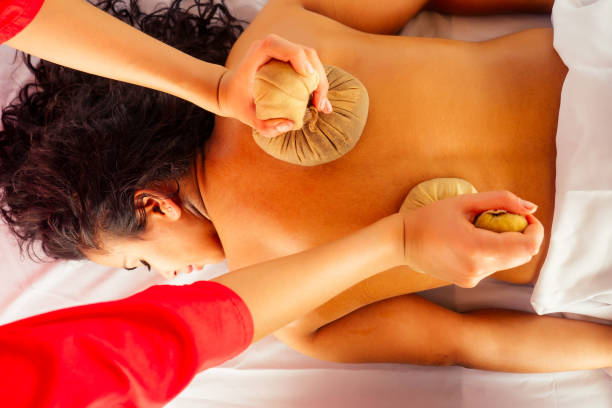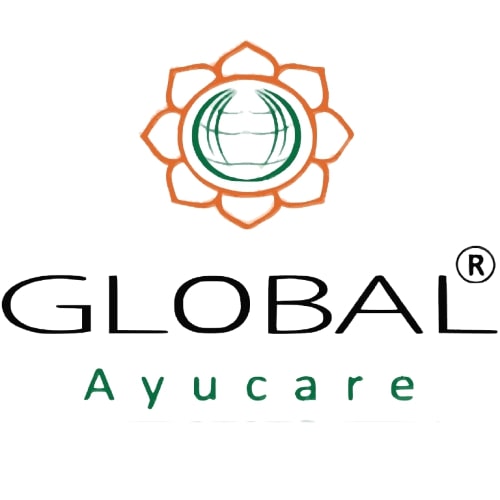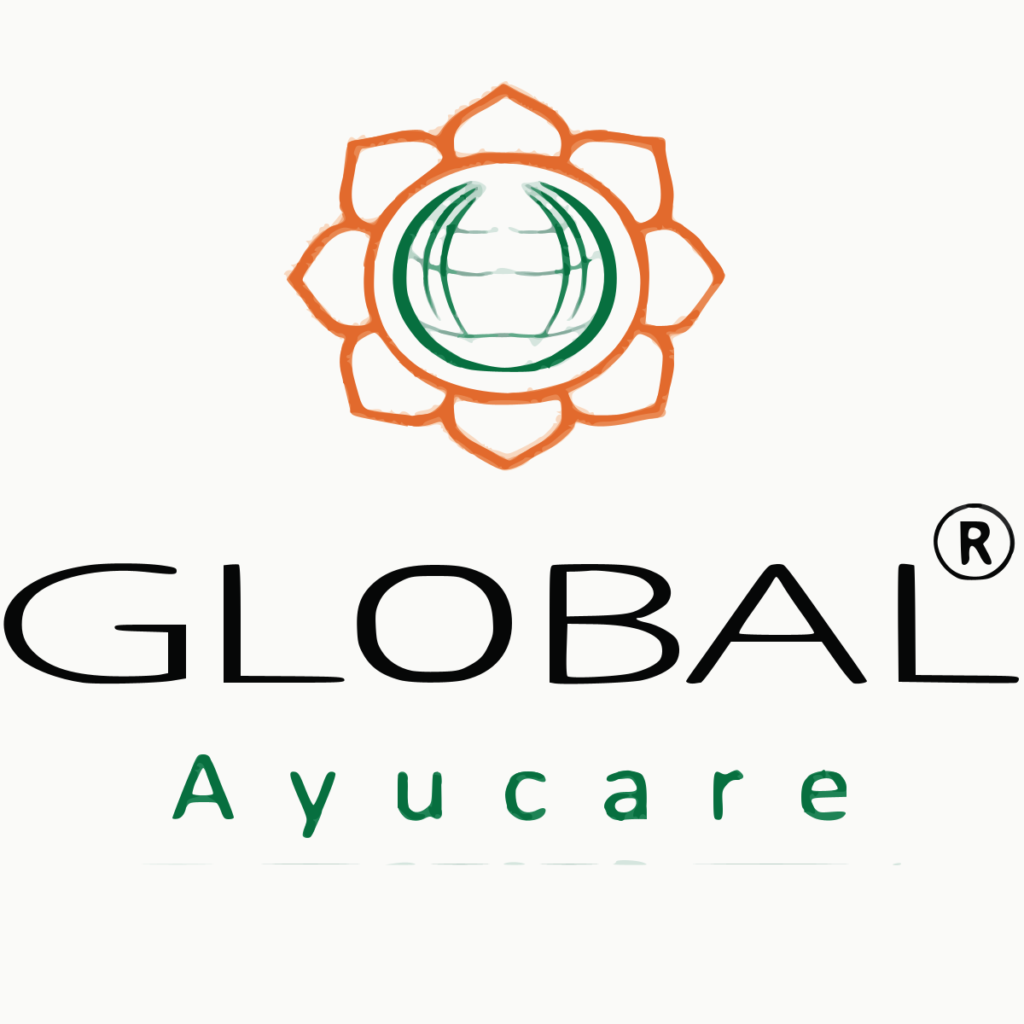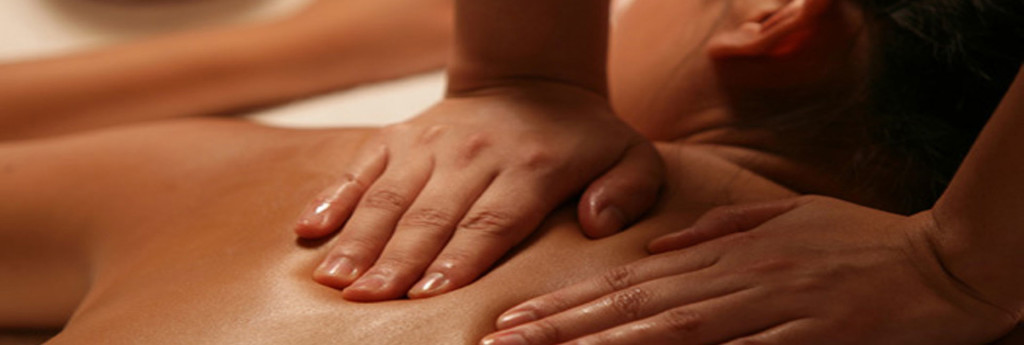Home Remedies, Panchkarma
Abhyanga – Traditional Ayurvedic Massage
Abhyanga – Traditional Ayurvedic Massage
Massage has been a familiar word all around the world for centuries and just hearing this word brings a sense of deep satisfaction and relaxation to the face of the person. Although there are different types of massages being performed in various different ways like Thai massage, Chinese massage, Classic massage, etc. The Ayurvedic Massage i.e. ABHYANGAM is very different and popular among all others around the globe because of its amazing results. Abhyanga is a Sanskrit word where “Abhi” means different, contrary, or against, and “Ang” means movement or motion. Thus the word “Abhyanga” means doing massage with different motions. In Abhyanga, different strokes are performed both in the same and different directions to the direction of body hairs. We can get the reference of Abhyanga in Charak Samhita and Sushruta Samhita as the process of oleation therapy. Acharya Charaka has mentioned in his text that the body of a human is the wooden wheel which becomes much stronger after applying oil and thus prevents wear and tear, in the same manner, the Abhyanga process prevents the wear and tear or we can say prevents the degenerative changes of the body. As per Ayurveda, Abhyanga should be done on a regular basis by each and every individual as abhyanga balances all the doshas ( Vital forces or subtle elements that run the body – Vata, Pitta, and Kapha). Abhyanga is one of the main therapy performed to restore dosha imbalances and also to enhance well-being and longevity. This is an oil massage in which special medicated oils are rubbed gently into the skin all over the body. For self-massage on a regular basis –Sesame oil, Coconut oil, or Mustard oils can also be used. The basic aim of abhyanga is to restore or enhance the flow of energy by using dedication, the feel of touch, different strokes, and medicated oils. Abhyanga is highly recommended and valued as a daily routine. Ayurveda believes that most degenerative diseases and pain are caused by to imbalance of vata as they cause the obstruction in the flow of energy thus with regular massage the vata imbalance is reduced which further gives deep relaxation and helps in the proper functioning of the body system. For better results, the therapist must and should use the following 4 things as mentioned above like:
- Dedication – The therapist must and should have the attention and also the intention for the treatments and have that feeling of well-being for the patient/person at the time of massage.
- Feel of touch – This is again very important. The touch of the therapist with the feeling of well-being helps them transfer positive energy to the patient/person at the time of treatment.
- Strokes – The key to good and perfect abhyanga is applying proper strokes or movements as per the direction of the flow of energy.
- Oils – The use of proper medicated oils as per the constitution of the person or as per the need of the person is also of utmost importance. Like Dhanwantaran Oil, Narayan Oil, etc. So if a therapist applies these four things then the outcome of the massage is very good.



Usually for an Ayurvedic Abhyanga 1 or 2 therapists are required and one massage takes approx. 48 mins. to complete.
Benefits: The benefits of abhyanga are many like –
It reduces stress. Gives immense relaxation. Strengthen and re-vitalize the whole body. Regulates proper metabolism. Detoxifies the body. Stimulates the immune system of the body by improving the flow of lymph. Rejuvenator. Calms and strengthens the nervous system of the body. Enhance the proper flow of energy. Protector and preserver. Improves and tones the flexibility of the muscles. Brings luster to the skin. Stimulates blood circulation. Induces good sleep. Balances all the doshas. Prevents degenerative changes in the body. Induces well-being and longevity.
Indications:
Due to the above-mentioned benefits, Abhyanga is thus indicated in case of vata-related problems (80 types of vata disorders), cases of weakness, infertility, diseases of joints, muscle problems, nervous system disorders, degenerative problems, psychological problems, muscular-skeletal disorders, Gynaecological problems, as a rejuvenation, as pre- procedure of Panchkarma, the problem of the cardiovascular system and other such problems.
Abhyanga in daily routine:
Ayurveda advises abhyanga or self-massage as a part of daily routine to maintain the health of the healthy individual. Similarly for self-abhyanga on a regular basis, the following oils like Sesame oil for the vata prakriti person, Coconut oil for pitta, and Mustard oil for the Kapha Prakriti person will yield better results. Apart from the benefits of skin luster and skin nourishment, the oils transmit their own qualities to the body at a very deep physiological and psychological state by self-massage. Thus it is very good for all (younger, middle-aged, and older people).
As mentioned Abhyanga is mainly balancing the Vata dosha in abhyanga we use warm oils that have qualities like –Snighdha – unctuous, Guru – heavy, Mrudu-soft, Warm, which is exactly opposite to the qualities of Vata i.e.Ruksha – dry, Laghu – Light, Sheeta – Cold, Khara – rough, Sukshma – Minute, very tiny, Chala – Moving. Thus due to the opposite quality, the abhyanga balances the Vata dosha and is beneficial. Procedure for Abhyanga ( Self-Massage) Abhyanga Self- Can be done daily or at least thrice a week for 15 mins. in the morning hours approx.30 min. before bath. One should use the oils suggested for their Ayurvedic Constitutional Type. Pour some (30 ml.-40 ml.) of this oil into a small bowl. Warm the oil by placing the bowl over the vessel containing hot water, for three or four minutes. Remove your clothes and sit in a relaxed position on a small stool or on a towel placed on the floor. Apply oil to the entire body initially and not massage, then follow the steps for massage. Apply these estimated amounts of oil to each of the following areas: Head, Scalp, and Neck 10 ml.– Hands, Arms, and Shoulders 5 ml. each for left and right– Front Torso 5 ml.– Buttocks and Back 5 ml.– Legs and Feet 10 ml. Each for left and right Additional warm oil should be applied as needed as the massage proceeds. The massage should be done with the ball and palm of the hand and not with the fingers. Try to use circular movements over joints and up-and-down strokes over long bones. Apply a moderate amount of pressure so that heat is generated from the strokes except over the heart and abdomen where gentler pressure is to be applied. Start with the head and go in descending order down the body. Start with massaging the head, using vigorous and rapid front-to-back and up-and-down movements, as accurately as one can. Spend between 2 mins. On the head. Then massage the face and ears, which are massaged by rubbing between the thumb and forefinger. Try to add small amounts of warm oil as needed as you massage each area. After that massage the neck and throat region, again using up-and-down strokes. The massage should be in a recurring, synchronized manner using alternating circular movements for joints and straight movements for long bones massage the shoulders, arms, and hands on both sides of the body. Create your own rhythm. For example, try massaging with up-and-down strokes for 5 strokes and with circular strokes for 5 strokes. Feel the most suitable movement and stay with it throughout the massage. Remember to massage both the front and back aspects of each arm and include the fingertips and fingernails (significant!) Then coming to the chest region –massage the chest in a gentle, circular, and clockwise direction. Use around 10-15strokes. Follow the same movements for the abdomen as being used for the chest. Massage the spine, back, and ribs as much as one can reach. The buttocks can be massaged using a mixture of round and straight strokes. The legs are massaged in a similar manner to the arms, like circular movements for knees, and ankles and up-and-down movements for long bones strokes. Use both hands to massage each leg and do the front and back region. Finally, a foot massage. The feet are one of the vital areas to massage and should be massaged thoroughly. Using the ball of your hand, massage the bottom of the foot vigorously for 1 – 2 min. Then do the same for the top of the foot too. Massage the toes, web spaces, and toenails. Following the massage, take a shower or bath using a mild soap after 30 min after massage. Thus, hereby we have discussed with you regarding Abhyanga, its benefits, and how to do Abhyanga at home. Hope this information will help you to maintain a healthier life. Dr. Arindham Chatterjee (Ayurvedic Physician) Global Ayucare Herbal


